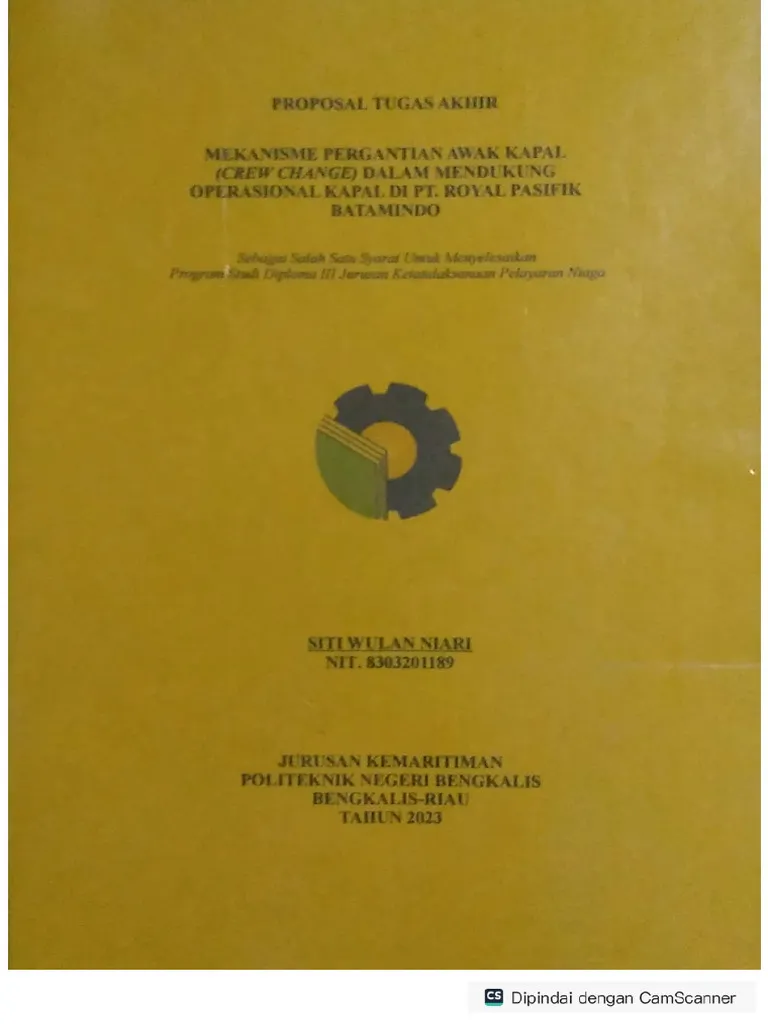Essential Elements of a TA Cover Letter
A Teaching Assistant (TA) cover letter is your first opportunity to make a strong impression on potential employers. It’s a crucial document that complements your resume, providing a narrative of your skills, experience, and enthusiasm for the role. A well-crafted cover letter can significantly increase your chances of securing an interview. This article will guide you through the essential elements and strategies to create a stellar TA cover letter that highlights your strengths and makes you stand out from the competition. You will learn what you should include and how to present this information effectively to grab the reader’s attention. A strong cover letter will articulate your qualifications and explain why you’re the perfect candidate for the position.
Highlighting Your Qualifications
Begin by clearly stating the TA position you’re applying for and where you saw the advertisement. The first paragraph should immediately capture the reader’s attention by summarizing your key qualifications. Mention your academic background, including your degree, major, and any relevant coursework. If you have a high GPA, consider including it to demonstrate your academic excellence. Emphasize any honors, awards, or scholarships you’ve received, as these highlight your achievements. Be specific and concise, focusing on the credentials that align with the job requirements. For instance, if the role requires knowledge of a specific software or subject, make sure you mention this early on. Don’t just list these qualifications; explain how they make you a suitable candidate for the position.
Emphasizing Relevant Experience
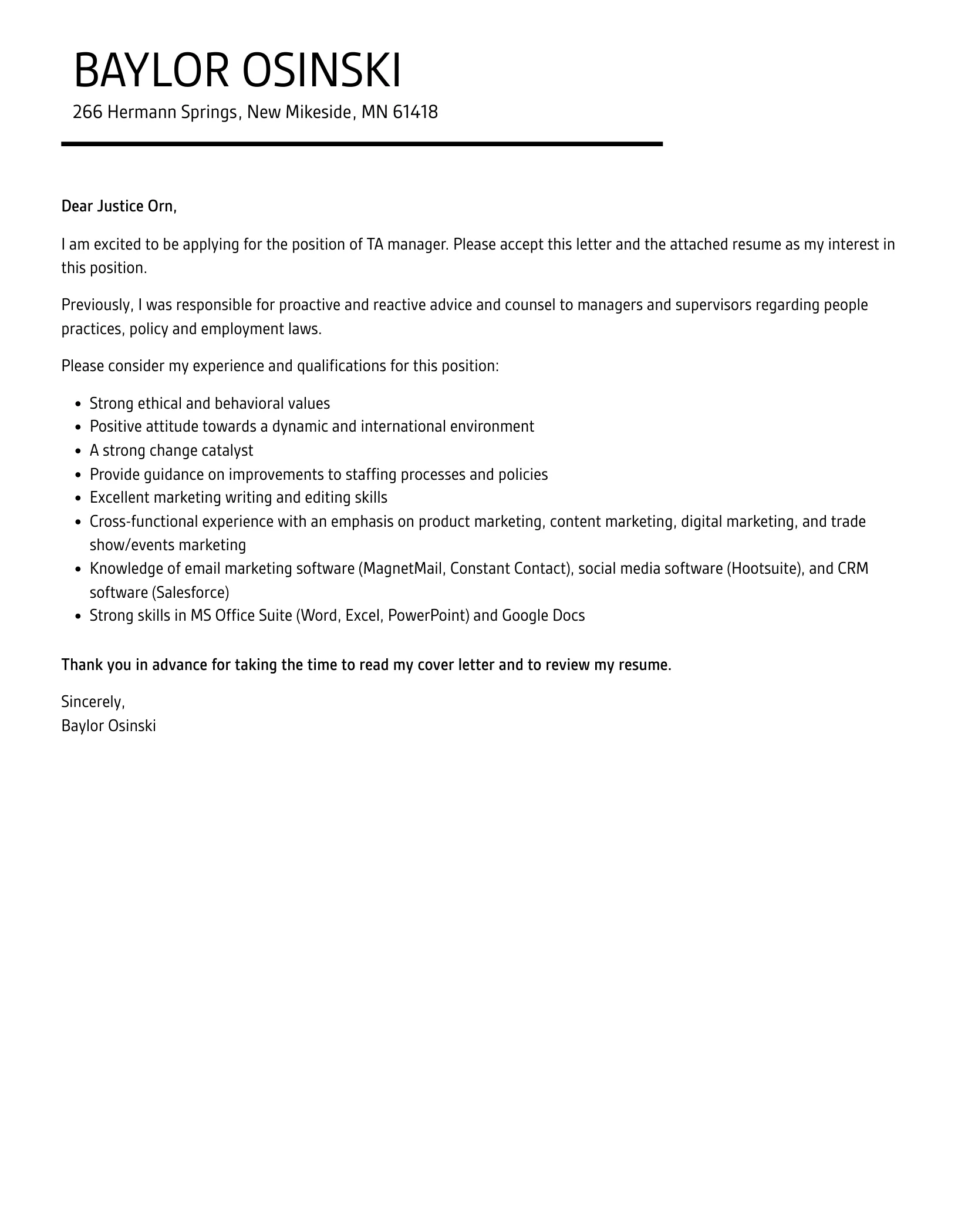
Your experience is a critical component of your TA cover letter. Describe any previous TA experience, including the courses you assisted with, the number of students you supported, and the duration of your role. If you have experience in tutoring, mentoring, or leading study groups, make sure you highlight these as well. For each experience, explain your responsibilities and the skills you used. Provide examples of how you helped students succeed, such as by providing feedback on assignments or by facilitating classroom discussions. Whenever possible, quantify your achievements. For example, you might mention that you helped improve student scores by a certain percentage. If you have limited TA experience, consider highlighting other relevant experiences, like lab work, research projects, or leadership roles in student organizations. These experiences can showcase your skills and your capacity to assist students.
Showcasing Skills and Abilities
TA positions require a diverse set of skills. Highlight your key abilities, such as strong communication, interpersonal skills, and organizational skills. Mention your ability to explain complex topics simply and clearly. If you have experience with online learning platforms or educational technologies, be sure to include that information. Also, describe your ability to work independently and as part of a team. Showcase your problem-solving abilities by providing examples of how you handled difficult situations. Other useful skills to mention include time management, critical thinking, and the ability to give and receive feedback constructively. Refer to the job description, and tailor your cover letter to emphasize the skills that are most relevant to the position. Showing that you possess the necessary skills is a sure way to make your application stand out.
Tailoring Your Cover Letter to the Specific Role
Researching the Institution and Department
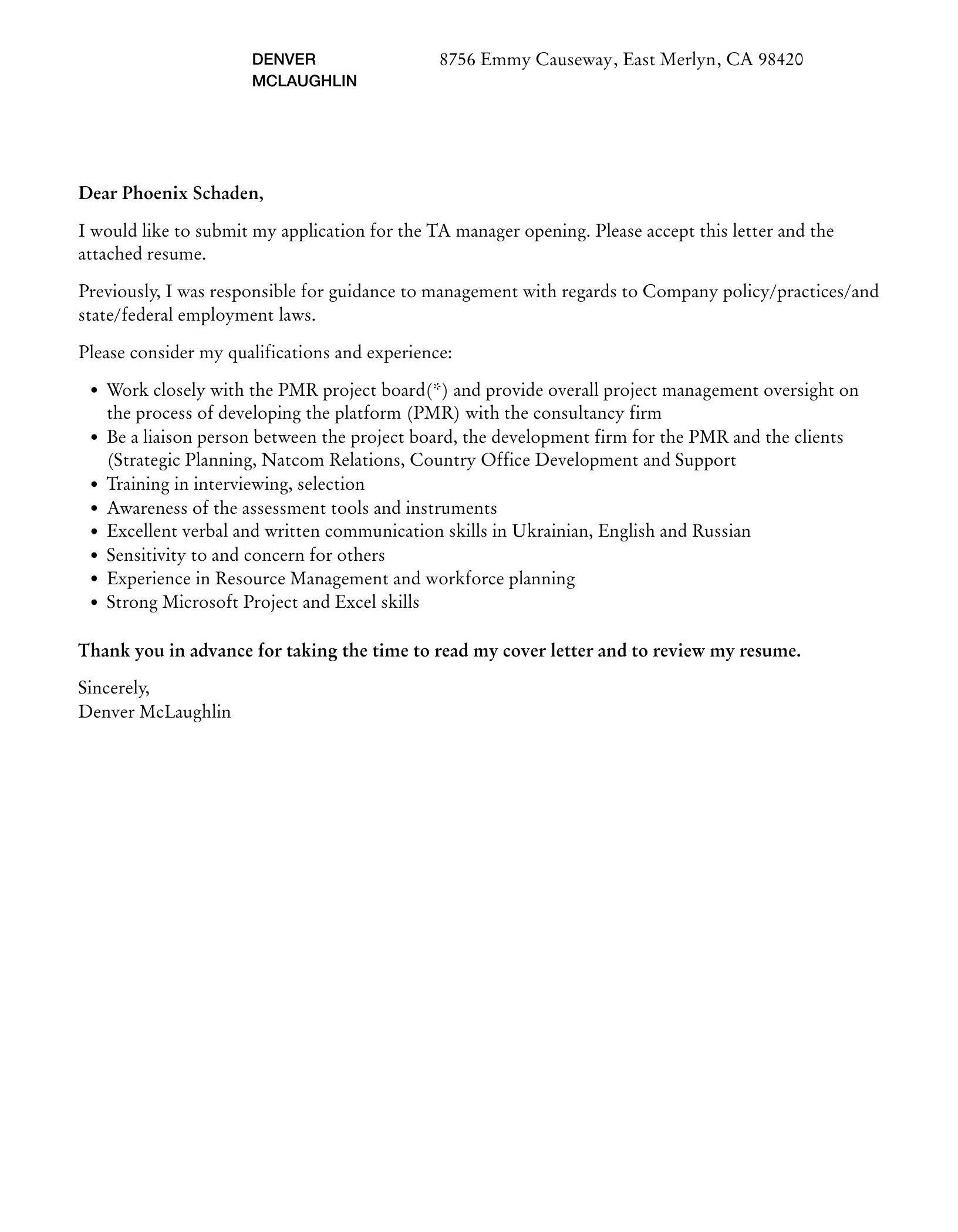
Before you start writing, research the institution and the specific department offering the TA position. Understanding the department’s mission, values, and research interests can help you tailor your cover letter to show how you align with their goals. Visit the department’s website, read faculty profiles, and, if possible, review the research being conducted. Mention specific professors or research areas that interest you. Showing that you’ve done your homework demonstrates genuine interest and initiative. Personalize your letter by addressing it to the hiring manager or the professor overseeing the TA position. If you know someone working at the department, consider mentioning their name to create a connection. This personalized approach shows that you’re genuinely interested in the role and the institution.
Matching Your Skills to the Job Description
Carefully read the job description and identify the key requirements and responsibilities of the TA role. Use the job description as a guide to tailor your cover letter. Focus on the skills and experiences that align with the specific requirements. For example, if the job description emphasizes the need for strong communication skills, provide examples of how you’ve effectively communicated with students or colleagues. Use keywords from the job description throughout your cover letter, but avoid keyword stuffing. Instead, naturally integrate these keywords into your sentences to highlight your relevant skills and experience. By matching your skills to the job description, you make it easier for the hiring committee to see that you’re a good fit for the role.
Demonstrating Passion and Enthusiasm
Expressing Your Interest in Teaching and Mentoring

Express your genuine interest in teaching and mentoring students. Describe what attracts you to the role of a TA. Explain why you enjoy working with students, helping them understand concepts, and supporting their academic growth. If you have specific teaching philosophies or approaches, consider including them. Mention any experiences where you’ve mentored or guided others, such as tutoring, peer advising, or leading study sessions. Providing an example of your positive impact on students makes a great impression. Show your enthusiasm for the subject matter by relating how you feel about the course content. Explain what you hope to achieve in the TA role. Demonstrating your passion is crucial to securing the position.
Conveying Your Understanding of the Role
Show that you understand the responsibilities of a TA. Briefly describe your understanding of the tasks you will perform, such as grading assignments, leading tutorials, or providing feedback on student work. Mention your willingness to assist with administrative tasks, such as preparing materials or managing student inquiries. Demonstrating an understanding of the role helps the hiring committee see that you are prepared and capable. Explain how you envision yourself contributing to the course and the students’ success. Highlight your ability to manage your time, work independently, and collaborate with the professor and other TAs. Providing a concise and clear description of your understanding of the role will enhance your cover letter’s appeal.
Formatting and Presentation
Keeping it Concise and Professional
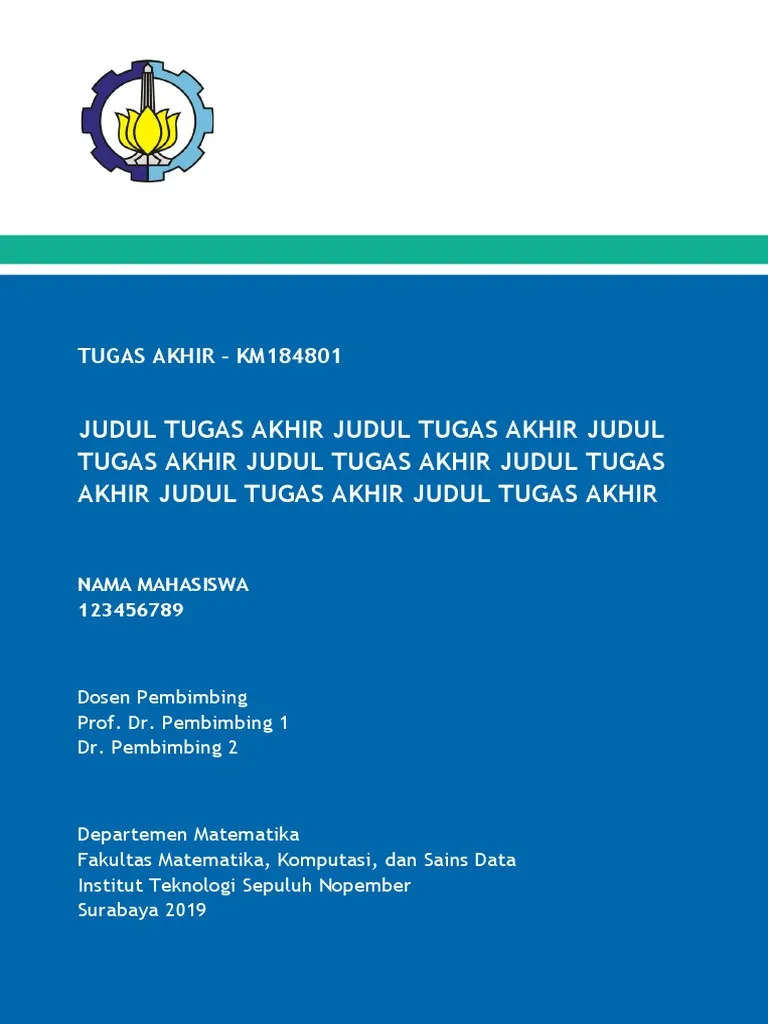
Keep your cover letter concise and easy to read. Aim for one page, unless specified otherwise in the application instructions. Use clear and professional language, and avoid jargon or slang. Organize your content logically, with clear paragraphs and headings to guide the reader. Use a professional font, such as Times New Roman, Arial, or Calibri, and maintain consistent formatting throughout your letter. Ensure your contact information, including your name, phone number, and email address, is clearly displayed at the top of the letter. The objective is to showcase your best qualities efficiently. A concise and professional cover letter demonstrates your ability to communicate clearly and effectively.
Proofreading for Errors
Proofread your cover letter carefully for any grammatical errors, spelling mistakes, or typos. Errors can create a negative impression and make you appear careless. Use a spell-checker and grammar-checker, but also read your letter aloud to catch any errors that automated tools might miss. Have a friend, professor, or career advisor review your cover letter for feedback. A second pair of eyes can help catch mistakes you may have missed. Make sure the tone of your letter is professional and appropriate for the academic environment. Correct any inconsistencies in your formatting or style. Proofreading is essential in making a professional cover letter. This attention to detail is critical for making a positive impression.
Using a Clear and Organized Structure
Organize your cover letter with a clear and logical structure. Start with a strong opening paragraph that immediately captures the reader’s attention. In the body paragraphs, address your qualifications, experience, skills, and your understanding of the role. Use headings and subheadings to break up the text and make it easier to read. Begin each paragraph with a topic sentence that introduces the main idea. Use bullet points to highlight key accomplishments or skills. Use transition words to connect your ideas and ensure a smooth flow. End with a clear and concise closing paragraph that reiterates your interest and expresses your gratitude. A well-structured cover letter makes a positive impression and enhances the reader’s understanding of your qualifications.
Including a Strong Call to Action
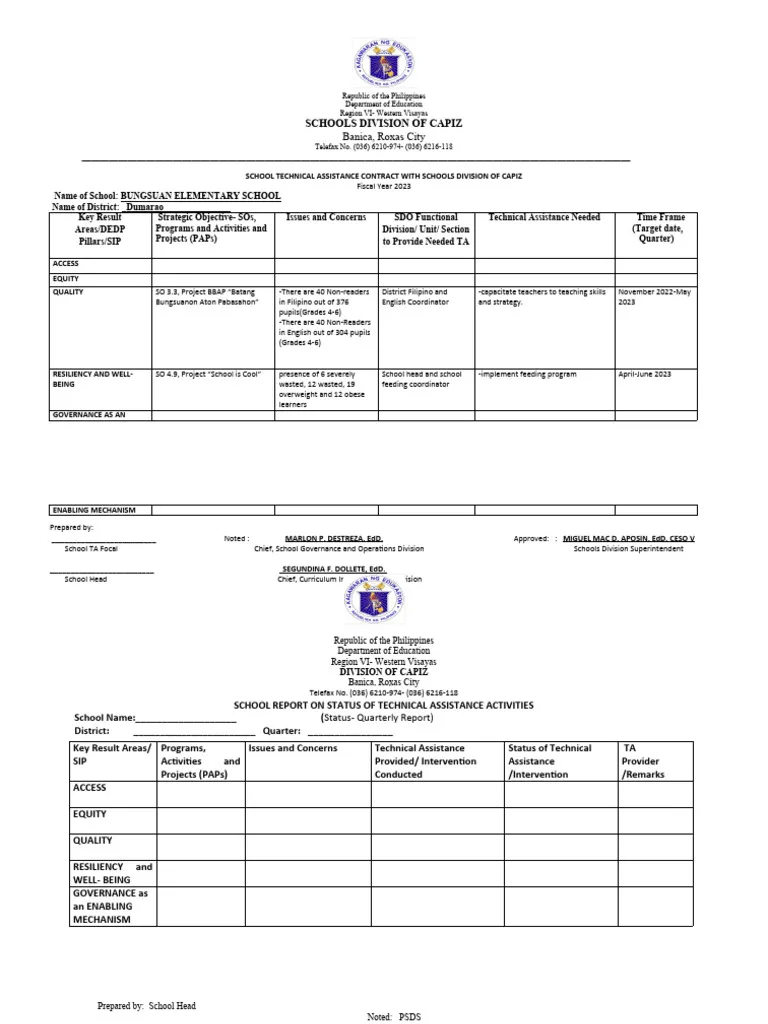
Expressing Availability for an Interview
End your cover letter with a strong call to action. Express your interest in an interview and your availability to discuss your application further. Clearly state how the hiring committee can contact you. Provide your phone number and email address again in the closing paragraph. Express your willingness to provide additional information or references if needed. Be enthusiastic about the possibility of an interview, and reiterate your enthusiasm for the TA position. The call to action indicates your proactive approach and eagerness to secure the role. Make sure to mention that you look forward to hearing from them soon.
Thanking the Reader for Their Time and Consideration
Conclude your cover letter by thanking the reader for their time and consideration. Express your appreciation for the opportunity to apply for the TA position. Reiterate your interest in the role and your belief that you would be a valuable addition to the department. Use a professional closing, such as “Sincerely” or “Best regards.” Sign your cover letter, either by typing your name or, if you’re submitting a physical copy, by including your signature above your typed name. A polite and professional closing leaves a positive impression on the hiring committee. This step shows that you appreciate the effort the readers have put into reviewing your application and is a must-do for making a good impression.
